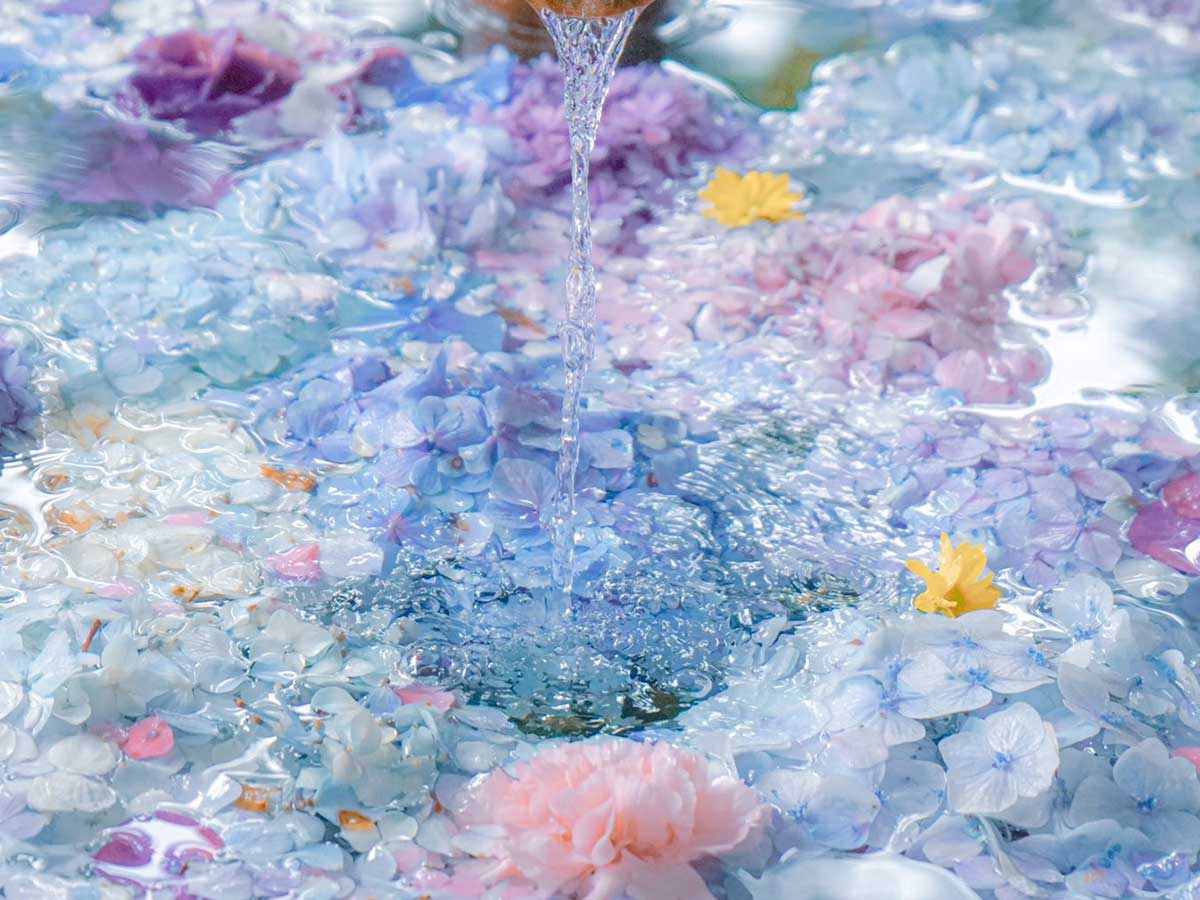
Source: @somewakeyakko
Photographer catches soothing summer sight of sea of Hydrangea flowers at Japanese temple
- Tags:
- Hydrangea / Photography / Twitter
Related Article
-
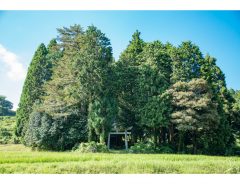
Japanese photographer stumbles upon charming hidden “Totoro’s Forest” shrine
-
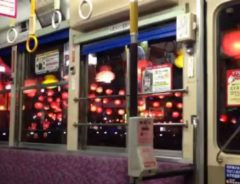
Passing Through Nagasaki’s Lantern Festival By Train Is A Spirited Away Experience
-
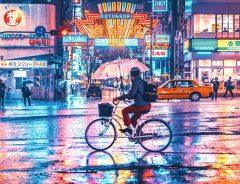
Dazzling Photos of Osaka At Night After Typhoon Lan
-
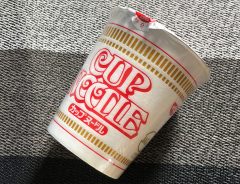
Nissin celebrates “nice bath day” in Japan with the idea of a Cup Noodle bath
-

Photography Imagining Our World Without Smartphones–Is This Our Society Today?
-

Human Buys Hammock For Cats, Cats Don’t Get How To Use It

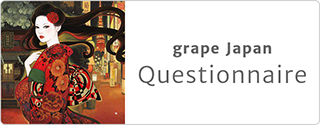
Chozuya are water ablution pavilions or basins typically found at Shinto temple or shrine, where visitors cleanse their hands and sometimes rinse their mouths before or after the prayer.
Due to ongoing pandemic restrictions and preventative measures, many shrines have restricted the use of Chozuya by floating Hydrangea flowers in the water fountains, which have come to be called “Hana(Flower)chozu”. Between May and July, which is the peak blooming season for Hydrangea flowers, you will be able to see local shrines participating in this tradition, and the sight of Hydrangea flowers floating in the Chozuya very commonly.
Japanese photographer and Twitter user Somewakeyakko (@somewakeyakko) often shares daily photos on Twitter. Recently, she took a photo of a Chozuya at Tsurugaoka Hachiman-gu in Kamakura, Kanagawa prefecture.
Take a look at this stunningly clear, beautiful example of Chozuya.
Source: @somewakeyakko
The sight of water droplets gently falling on to the light blue color Hydrangea flowers is just so beautiful.
It looks so serene that you feel cleansed just by looking at this.
There were many people who were also moved by this photo.
"I never knew that the sight of water and Hydrangea flowers had such chemistry."
"This is dreamingly beautiful. It is so cooling, too."
"I feel like this cleansed my soul. Therapeutic for my eyes and the soul."
Apparently, depending on the angles and the light exposure, the same Hanachozu could look very differently, too. This type of photo is only limited to the Hydrangea season. It makes it even more special.